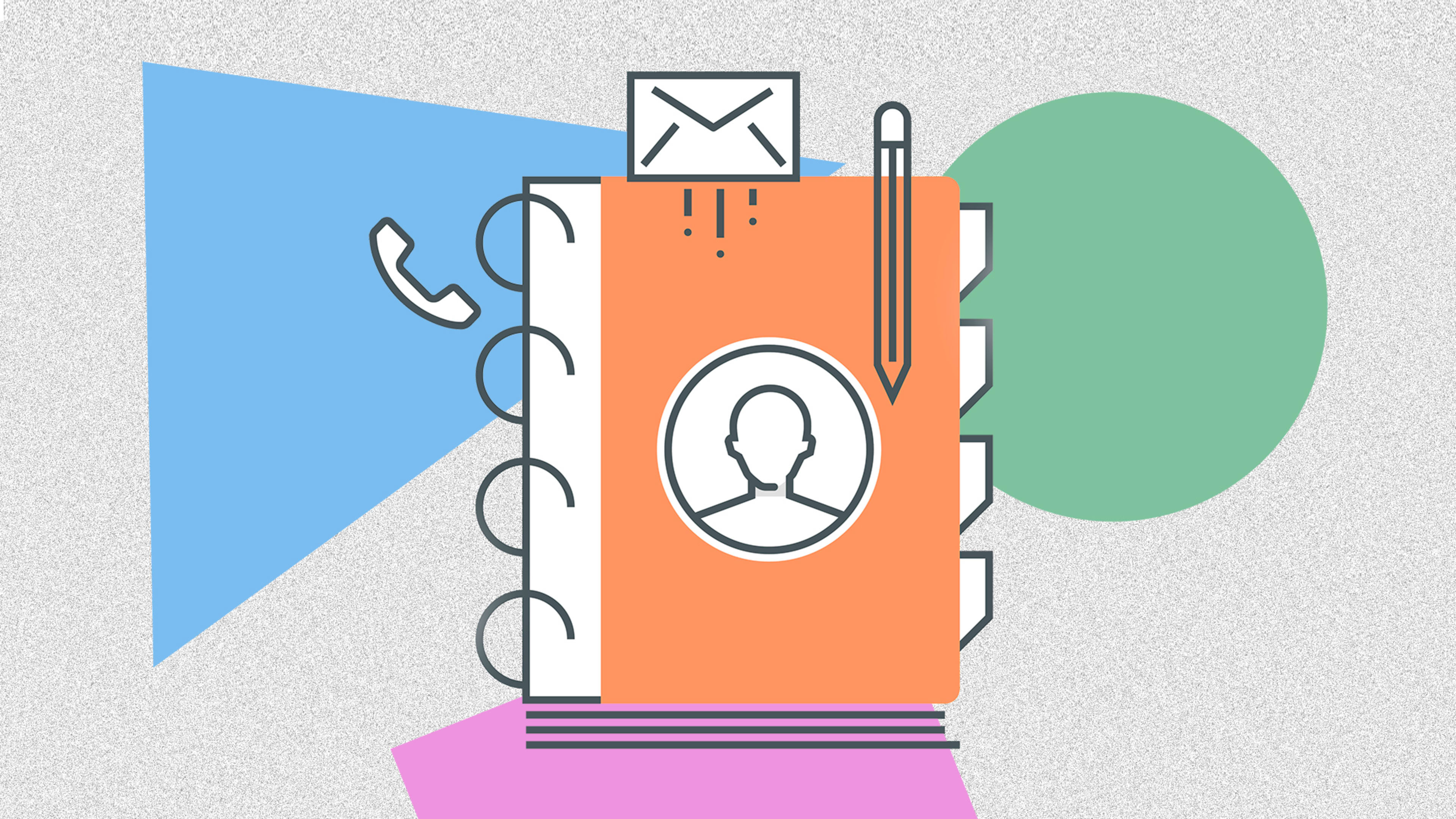This article is republished with permission from Wonder Tools, a newsletter that helps you discover the most useful sites and apps. Subscribe here.
Clay is a promising new service for managing your contacts. It automatically builds a portfolio of people you know once you link it to your email, calendar, Twitter, and Linkedin. It provides useful context for meetings, helpful nudges to stay in touch with people, and an easy and powerful way to search your rolodex.
Even so, it has some limitations. Clay so far lacks native Android and PC apps. And it’s expensive— $20/month after a two-week free trial. Students or those who work for a non-profit can email team@clay.earth about free access. And as a Wonder Tools reader, you can try it for 60 days free. The Clay team says their goal is to bring the price down over time and to introduce a free plan in the future.
I recommend it for people with thousands of contacts who rely heavily on personal outreach for work. But for others, a combination of LinkedIn and your built-in phone contact manager may be adequate.
Here’s another drawback based on my own workflow: Since Clay is just for contacts, it separates your people-related notes from the notes you keep in other apps. I prefer to keep notes in a single place to avoid having to hunt in different apps to find my updates on a person, place, idea, or project.
Still, Clay has been useful for me in several ways over the past six months, mainly as a quick way to learn more about new people I meet with. I’m looking forward to seeing it continue to evolve.
Clay’s best features
- Gives you context for meetings: When I open up Clay in the morning, I see a list of the people I’m meeting that day. I can click on anyone to find out more about them, including a bio drawn from LinkedIn, their latest Tweets, and places they’ve worked. Clay also shows their social media links and a machine-generated list of their interests. If we’ve exchanged emails, I see the subject lines and can click to read more to remind myself of our communication.
- Reminds you to get back in touch: Clay can nudge you to reach out to people you’ve not been in touch with recently. If there are people you want to make sure to connect with, you can set it to remind you to reach out to that person monthly, quarterly, annually or however often you want. When you open it up, you’ll see reminders, if you want them, for who you might want to reach out to that day. You can also add notes to contacts to keep track of what you talk about.
- An easy way to search your contacts: If you’re traveling, search for people you know in that city. If you’re working on a new project, you can search for contacts interested in that subject. If you’re meeting with someone from a particular company, you can search for people who have also worked there. You can do some of that with LinkedIn or Facebook, but Clay lets you search across your own contacts, regardless of which platform they may or may not be on.
- Shows what your network is up to: I like seeing a list of posts from people across my networks, like filtering Twitter for just the people I know in real life.
- Keep contacts up to date automatically: Keeping an address book updated can a time-consuming nuisance when up to a fifth of your contacts are switching jobs or moving every year. Clay automatically updates your contacts’ location, job info, photos, and bios, and includes their education and work history from LinkedIn. It keeps them updated over time, so you don’t have to waste time inputting changes.
Limitations
- Missing apps: Only works for Mac, Web and iOS so far.
- Clay can be overwhelming: Sometimes when I open it up, the app lists dozens of people from a recent email thread, or shows me everyone listed in a calendar event for an upcoming meeting. I find the settings options unclear.
- Clutter creeps in: Close contacts get mixed in with people I barely know. You can star important contacts, but the update interface can still feel cluttered.
- Bugs pop up occasionally: It recently crashed, for example, when I tried to add a new contact group. In general, though, I’ve found it to be stable and reliable.
This article is republished with permission from Wonder Tools, a newsletter that helps you discover the most useful sites and apps. Subscribe here.
Recognize your brand’s excellence by applying to this year’s Brands That Matter Awards before the early-rate deadline, May 3.
